(Content Warning: This article talks about and contains images of bones/skeletons, and talks about death and grief)
Day of the Dead traditions in Mexico are as diverse as the very cultures and people that make up the essence of our country. There are places where pre-Hispanic practices and rituals continue to be honored, with the clear adaptation to the history of the country. A unique tradition takes place in the town of Pomuch, Campeche, where its Maya roots are present in a ceremony that speaks of love, respect, and an idea of life beyond death that binds us all.
We are talking about the remarkable “Limpieza de Huesos/Cleaning of Bones”, a tradition that is done as a prelude of Day of the Dead celebrations. In the days leading to Día de Muertos, loved ones clean the dust of their deceased that has accumulated on the bones over a year with dedication and affection. Read along as we tell you everything about this solemn, loving, and interesting tradition!

The community of Pomuch belongs to the municipality of Hecelchakán, a warm and quiet place in Campeche, in the Yucatan Peninsula. Although small, with a population of less than 10,000 inhabitants, this community is recognized for its rich Maya ancient tradition in which the remains of the deceased are dug up to clean their bones and have them presentable for the Day of the Dead. And, although there are other towns in the area with similar traditions, it is Pomuch that attracts the most attention, especially since its practice was named Intangible Cultural Heritage of the state of Campeche in 2017.
Starting a week before the celebration of Día de Muertos, people arrive at the cemetery to clean the remains of their deceased, who rest all year long in half-open wooden boxes that are enclosed in their open niches in the cemetery.
To start cleaning the deceased, three years need to have elapsed since his death to be able to exhume them. During the process, the bones are positioned strategically, taking care that the skull protrudes above the box, which is kept open all year.
One by one, family members carefully remove the dust from each bone with the help of a brush and/or a cloth and returns them to their box. They also replace the white cloths in which the remains of their deceased relatives rest. This cloth is treated as the clothing of the remains and usually include special embroidery and/or dye as well as the name of the deceased.

This ritual, known in Maya as Choo Ba'ak, is based on the Maya worldview and cosmology that claimed that the dead had more than one life. With this tradition of honoring the dead, it is understood that there is life after death; there is a passage from the underworld that then returns to the world of the living.
Before the arrival of the Spanish, the Mayans of the region had a funerary ritual that consisted of burying their loved ones inside their houses. After a couple of years, when only the bones remained, they exhumed the remains buried there and cleaned them. These boned were arranged in a small space (like a little box), which were placed in a corner of the house, where they could coexist with those who were still on this plane: that of the living.
With the arrival of the European worldview in these lands, the Mayas were prohibited from continuing this practice within their homes, so they chose to continue it in cemeteries, bringing this unique practice into life.

This tradition is carried out from October 26th to November 2nd, the days leading up to Día de Muertos celebrations. Upon arrival at the community cemetery, a solemn atmosphere is perceived, very typical of these days prior to the arrival of the souls and of the tradition that is being carried out.
With great care, family members carry out the cleaning of the bones with care, love, and remembrance. They start from the smallest bone to the skull and do so between laughter, jokes, and even telling anecdotes about the one they now dust off. Others pass this time in solitude, using privacy to talk with their loved ones about what happened in the land of the living.
Most people bring flowers and candles to decorate the niche, which serve the same purpose as the ones in ofrendas to guide, honor, and celebrate the arrival of our loved ones. Besiudes their visit to the local cemeteries, they also celebrate Día de Muertos by placing beautiful altars inside and outside their houses.

The people of Pomuch are very friendly and polite: you can visit their community and be received in the cemeteries without the need of a local guide, although it is always a good idea to have one, especially to have the possibility of being invited to a local house and experience the authentic tradition from the mouths of locals.
If you decide to do so, we ask that you be respectful of the way they practice their ancient traditions and enter without judgment. Please be respectful of the families that go the cemetery to honor and remember their loved ones, don't take pictures without their permission, don't touch the altars and even less the remains, and be quiet and prudent around those who are having a private moment; this is a sacred celebration with deep meaning that is not intended for entertainment purposes.
The purpose of this ritual is to have loved ones presentable before the Day of the Dead, place them inside their box on top of a new cloth and continue to maintain this connection between life and death. This practice also includes the idea that, death is only a part of life, as long as we remember those who are no longer with us, they remain with us in spirit. Today, towns like Pomuch proudly uphold their cultural heritage and each year they celebrate the Day of the Dead with a ritual that is worth experiencing at least once in a lifetime.
---
So, what do you think? Is this something you knew? Would you like to visit Pomuch during Día de Muertos? What other traditions from Día de Muertos would you like to learn about? Let us know in the comments below, you know we love to read what you have to say!
If you would like a copy of this or any other article you find here, we’re not the ones to keep knowledge to ourselves. Please, shoot us an email at info@lolomercadito.com and we would gladly send you a copy of it!
Don’t forget to check out our Día de Muertos collection where you can find all essentials for your ofrenda and home decorations!
If you liked this piece, be sure to check out all other articles written about Día de Muertos in our Zócalo blog here, and don’t forget to subscribe to our newsletter, where you will get this and many more content of interests and make sure to give our familia of subscribers exclusive promotions, gifts, first-hand look at all new products and, of course, these articles that we love to write for you all!
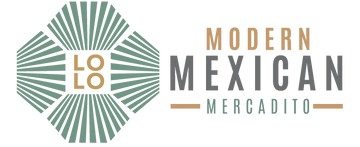
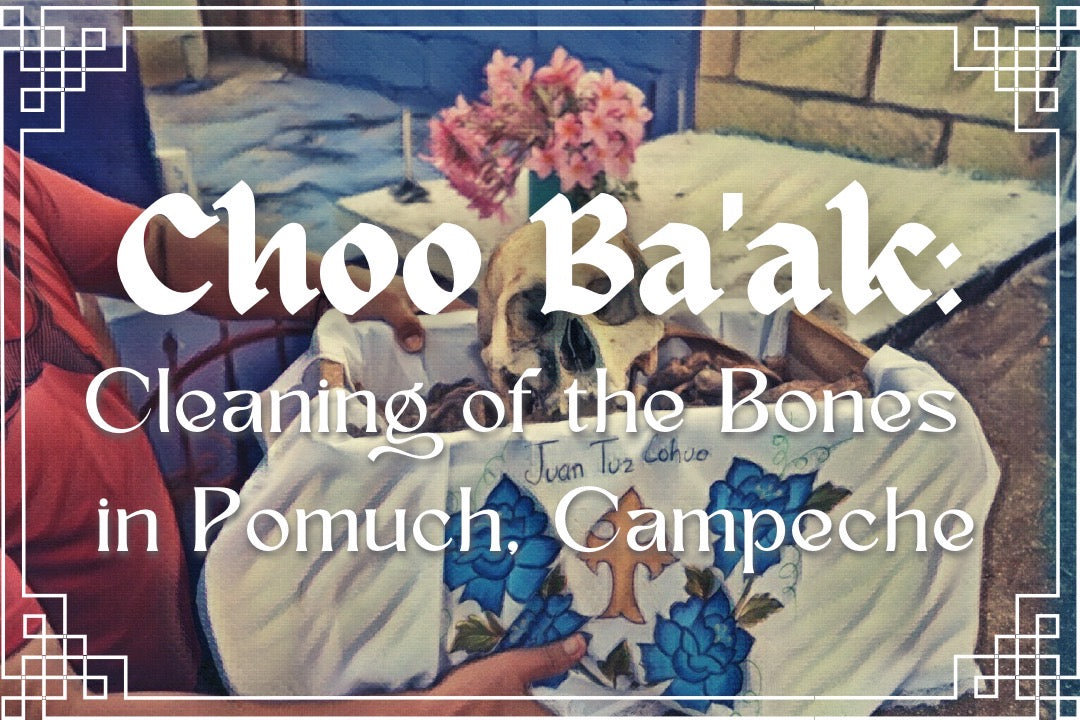
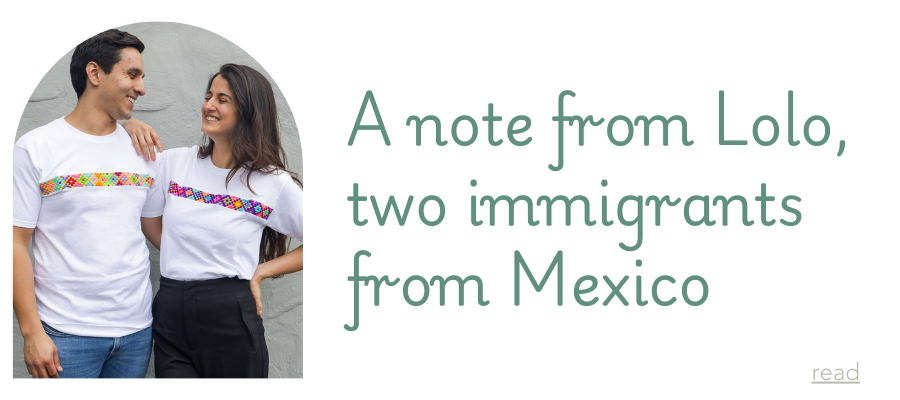
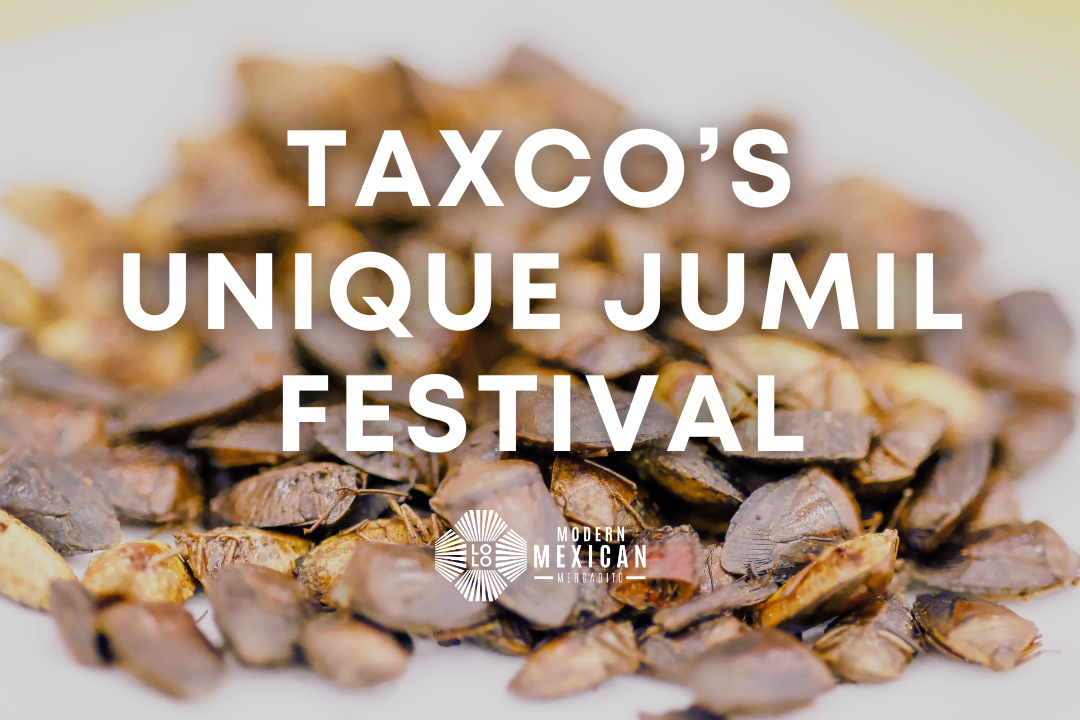
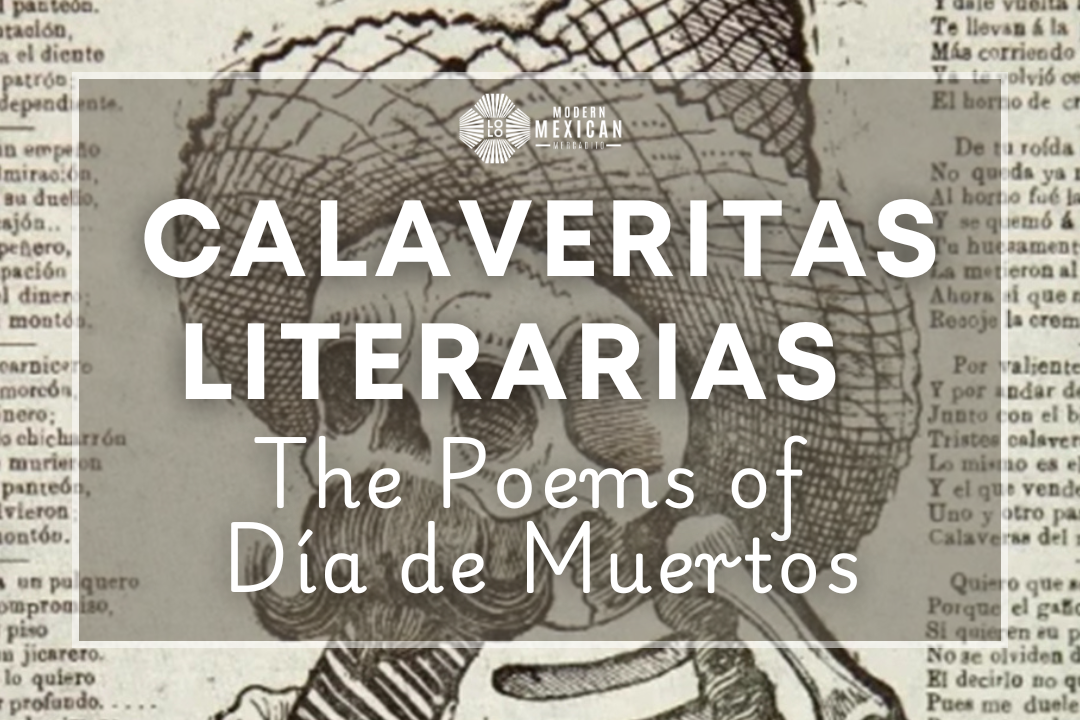
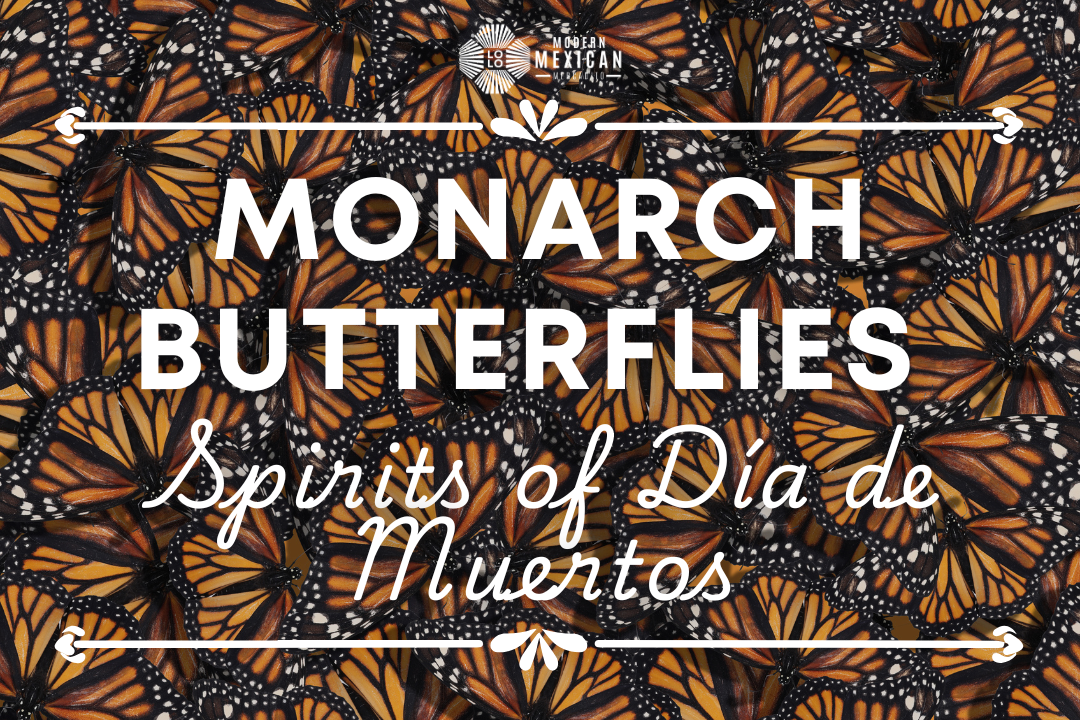
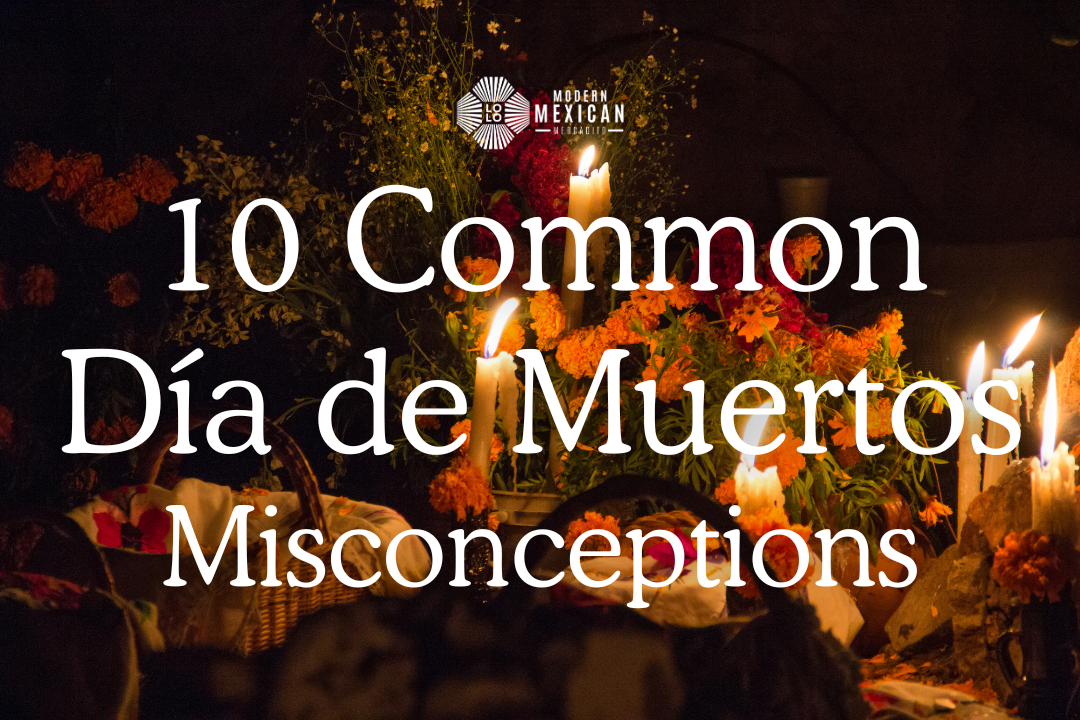
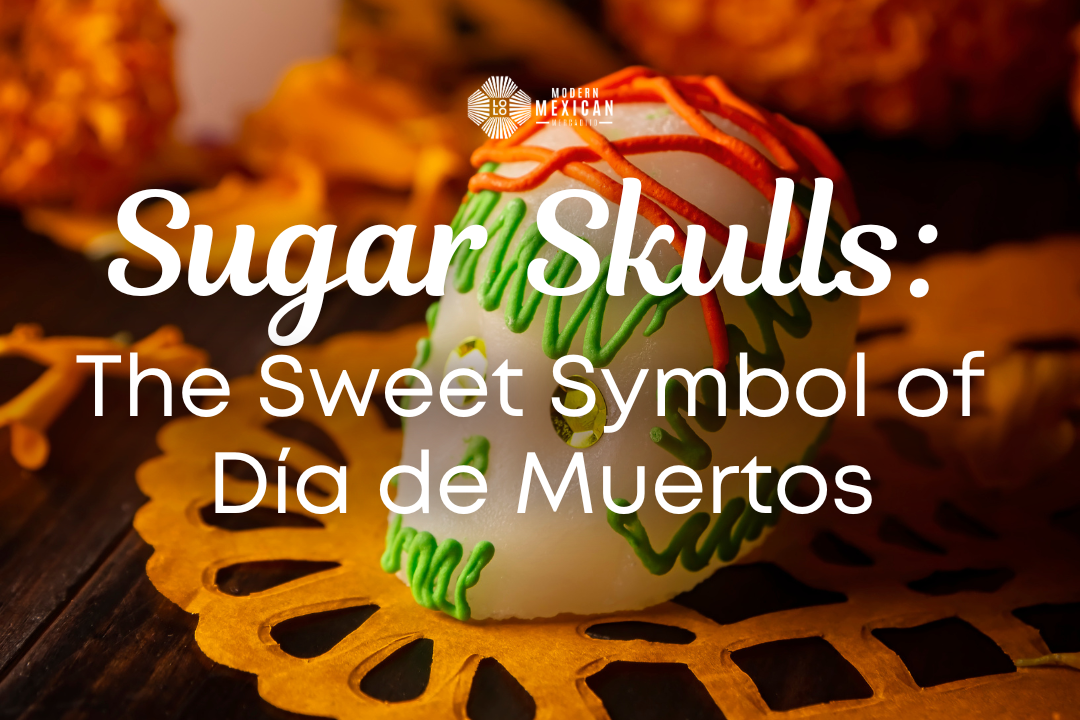

4 comments
Maria Gabriela Aldana
Muy buenas tardes. Soy nicaragüense viviendo en los estados unidos ya por muchismos años. My hija fue una perra que vivió y compartió en todas las aventuras por casi 16 años. Ella acaba de fallecer el 8 de septiembre y la quería enterrar pero es prohibido en la cuidad. No encontré a nadie en otras ciudades cercanas que me prestaban su patio por 3 anos porque la quería enterrar y exhumarla después. Pues, la tuve que cremar. Ya tengo sus huesitos frágiles y quiero aprender más sobre las guías espirituales para cuidarlos.
Barbara
I have been traveling, so did not read this until today. I am in Vietnam and yesterday our guide told us that they do a very similar thing. Three years after first burial, a loved one’s bones are cleaned and with a second service they are moved to their final resting place alongside other family members. He showed us photos of the ritual.
They also have altars to honour their dead, but these take place on the anniversary of the death, so will be seen all year round.
Rose
Thank you for sharing this beautiful ritual and story. I love this tradition to honor our loved ones who have passed. 🙏🏻❤️🙏🏻
Bridget McKenna
Thanks for this lovely and educational article on a fascinating tradition.